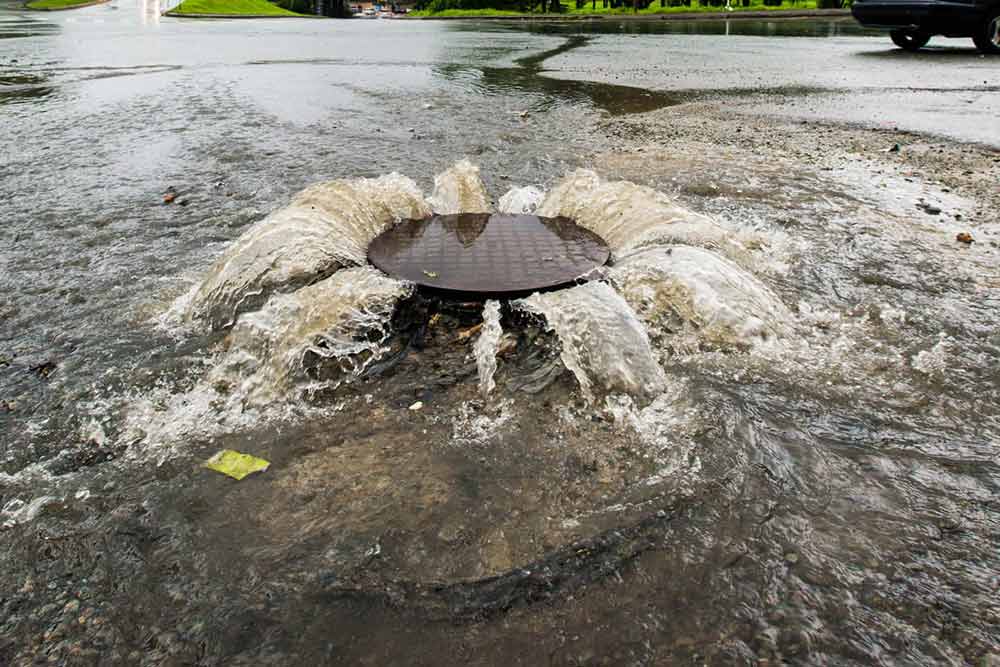Of the many ways water can damage your property, sewer backup is probably the one you want to avoid the most – not just for the potential health hazard, but also because the clean-up process is extensive and costly.
What causes a sewer backup? How to prevent sewer backup Add sewer backup coverage to your home insurance policy!
What causes a sewer backup?
There are a number of things that can cause a sewer backup, including:
- A clog in the main sewer line (which can result from pouring grease down the drain or flushing items like diapers, cat litter or paper towels).
- Tree roots growing into pipes, creating holes or blocking the line.
- Outdated sewer systems in older homes or neighbourhoods that still use cast iron or clay pipes which can break or collapse over time.
- Large amounts of rain or a fast winter thaw that bring excess water into the sewer system.
How to prevent sewer backup
As with any potential risk, taking steps towards prevention is always your best bet.
- Don’t flush anything other than toilet paper down the toilet.
- Avoid pouring clog-causing materials like grease, oil or coffee grounds down the drain.
- Get a sump pump to remove groundwater from underneath your home and prevent it from flooding your basement. If your home already has a sump pump, have it serviced on a regular basis to make sure it’s running properly.
- Install a backflow prevention valve (also called a backwater valve). When a main sewer line becomes overloaded, it can result in a sewer backup.
One last thing...
Add sewer backup coverage to your home insurance policy!
Sewer backup isn’t typically covered under your standard home insurance policy and is considered to be optional coverage. Adding sewer backup coverage to your home policy is a good idea if you live in an area that’s considered to be a high flood risk. While it is an added cost, the few extra dollars a month you’d pay are a lot less than the cost of cleanup and repair which could run well into the thousands.
